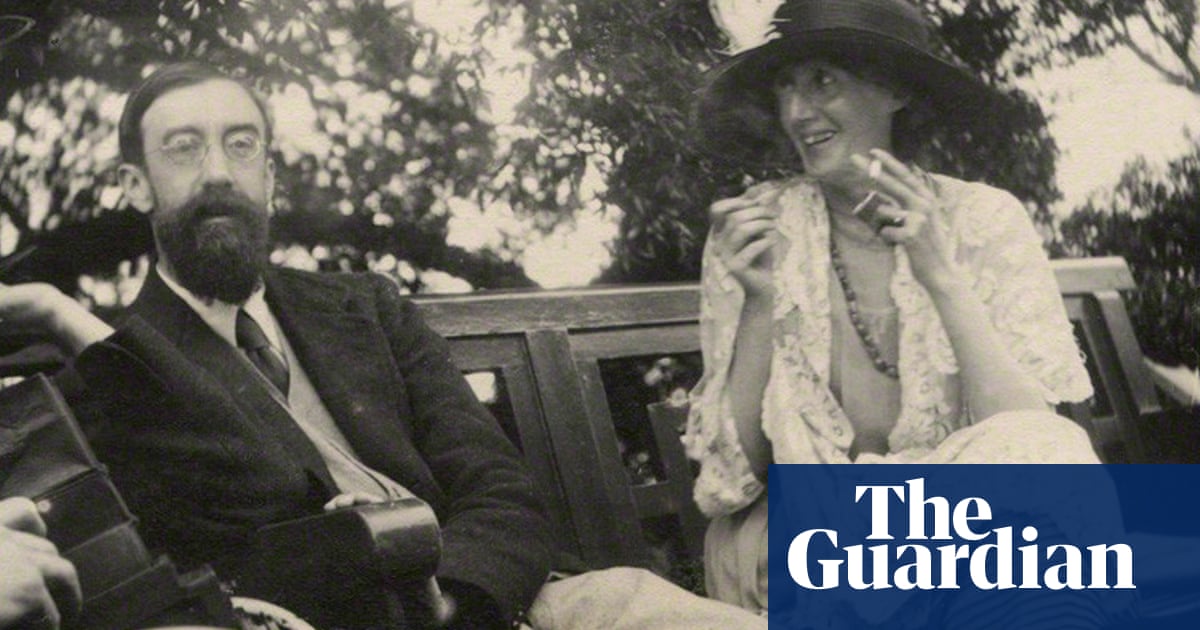
he facts of the death of Francis Bacon were these: in April 1992, the artist, against his doctor’s advice, took a trip to Madrid to visit his last great love, the young banker José Capelo, the subject of his final triptych of paintings. A few days after arriving in the city, Bacon, aged 82, was taken by ambulance to a convent hospital, suffering from familiar kidney and breathing problems. For six days until his death he remained in intensive care, looked after by a nun called Sister Mercedes. In those six days, the atheist Bacon received no visitors and, with limited Spanish, spoke only a few words. His body was cremated two days after his death, according to his wishes, at a municipal cemetery, without ceremony or mourners. As his biographer Michael Peppiatt noted: “A life filled with the extremes of human emotion and devoted to expressing them with utmost force had ended, almost anonymously, in utter silence.”
This brief, fragmentary book by Max Porter is an attempt to fill the silence of those last six days from within the painter’s head. Written in an allusive and sometimes vividly poetic shorthand, it tries to capture in language some of the texture of Bacon’s tormented canvases, as well as the chaos of his love life. The book is divided into seven chapters of no more than eight small pages. All the chapters begin with Bacon’s invitation to his nurse to sit by his bedside while his mind staggers through the back alleys of his past and each ends with her invocation “intenta descansar”, to get some rest.
At times, the staccato interior voice of Bacon, veering wildly from flashback images of his own paintings and scenes of Soho debauch, imagines his nurse in the role of one of his friends or lovers, a cast of characters that fleetingly recognises the masochistic and violent relationships with Peter Lacy, the Battle of Britain veteran, and George Dyer, the former East End gangster and muse. At one point on his deathbed, Bacon is imagined smelling the cologne of the photographer John Deakin in the chewing gum of his nurse; another time, he hears her read reviews by his detractors, notably John Berger’s evaluation that “Bacon is a very remarkable but not finally important painter”, to which the artist summons a typically scabrous response: “Oh naff off, you skag.”
If this makes the book sound like an interior monologue in the manner of one of Robert Browning’s deathbed confessionals – the bishop ordering his tomb – it’s not really that; the voice that Porter conjures is more a collection of fast-forward jump-cuts that seek to identify the cause and effect of Bacon’s painting in sentences such as these: “Sticky, smells like turpfish, curdled cheese burps, trying to hold this still, just ill red holes in the dark, weeping, but there’s a sense of still-living in the pink, despite the static sarsen weight of it, sunburnt Roman waiting to die in the Tuscan night, why not fleck the lip of the… ”
At one point in this wayward stream of consciousness, Bacon appears to engage in an imaginary interview with Porter, his medium, who sets out some of his reasons for writing this book, as if to an editorial meeting. “It’s an attempt to express my feelings about a painter I have had a long unfashionable fixation with… an attempt to get art history out of the way and let the paintings speak.”
In his first book, Grief Is the Thing With Feathers, a meditation on Ted Hughes and loss, Porter explored a similar kind of biographical obsession at greater length, but you didn’t need to know much of Hughes to recognise the associative power of Porter’s language and imagery. Here, getting any foothold in the shifting scree of Porter’s prose depends on a fairly intimate prior knowledge of Bacon’s life and work. As a result, the book reads like brilliant notes towards a very private communion with the painter, which sometimes forgets that there might also be a reader listening in.












